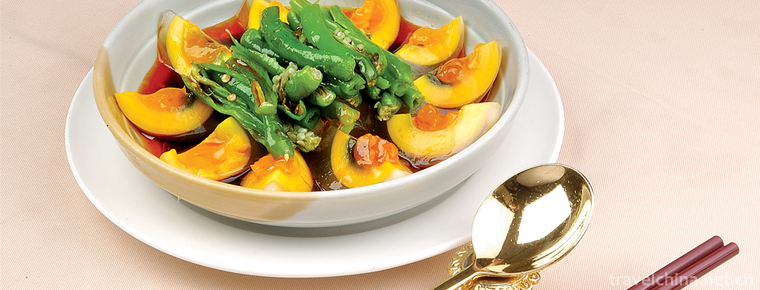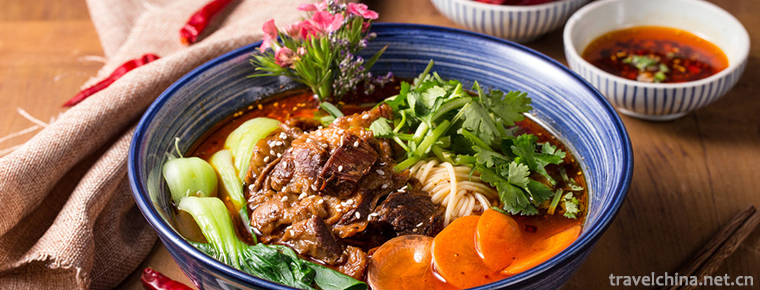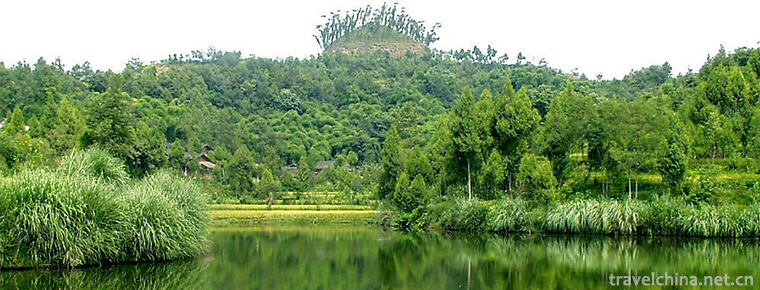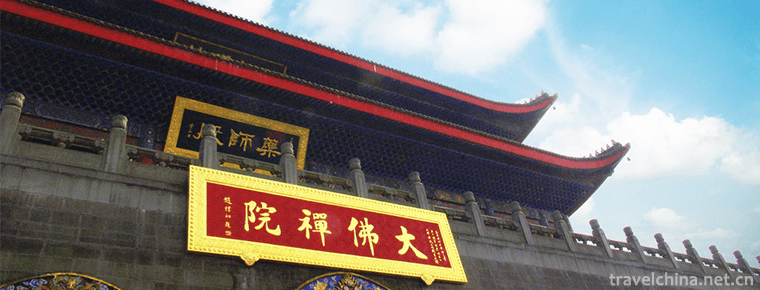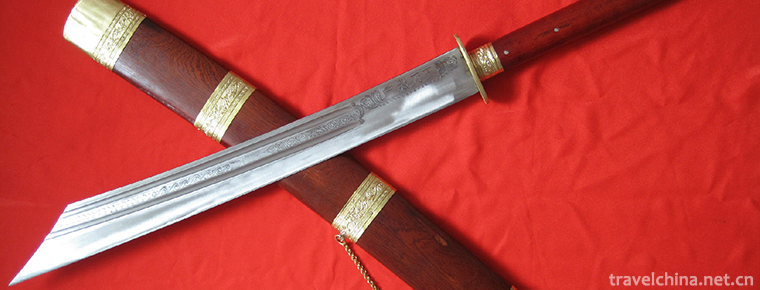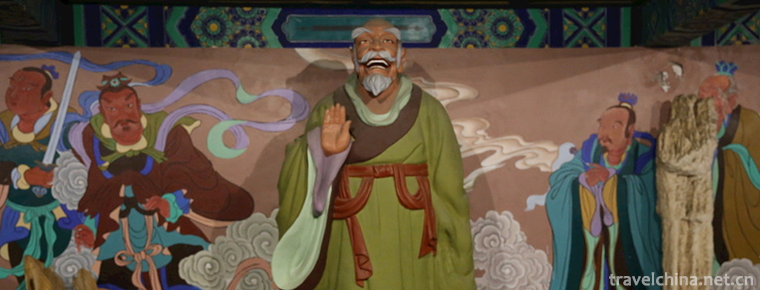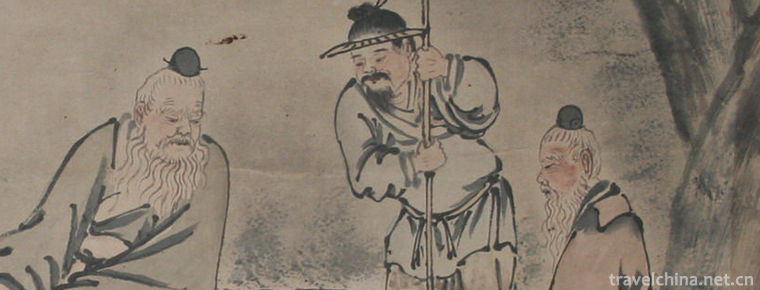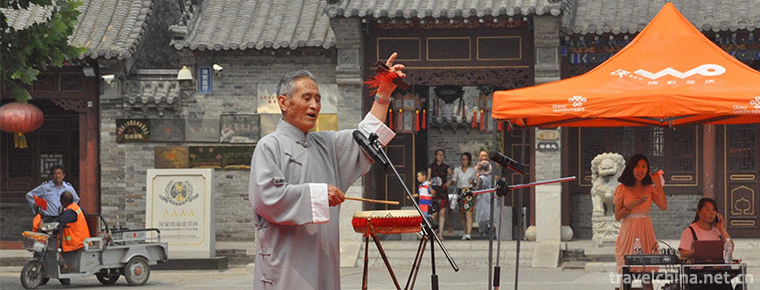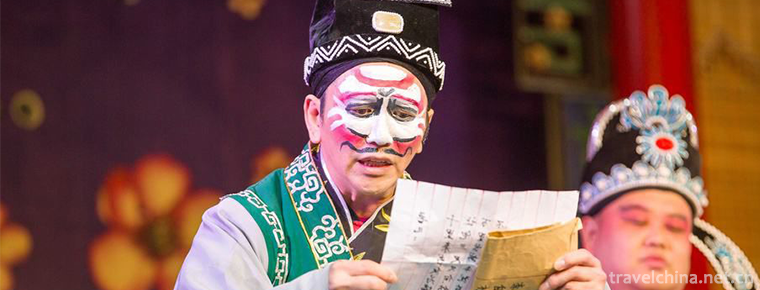Laozi legend
Laozi legend
Laozi is the incarnation of Laojun. The fifteenth day of February in the lunar calendar is a major Daoist festival. It is the "Christmas" of the emperor. Lao Tzu, the word Boyang, Ji Yuejie, Chu people in the Spring and Autumn Period, was the history of the Zhou Dynasty's Tibet Room. The doctrine of "inaction" was regarded as the ancestor of Taoism by later generations. Confucius tasted reciprocal courtesy and wrote more than 5,000 words of Tao Te Jing.
On November 11, 2014, Laozi Legend was approved by the State Council to be included in the fourth batch of national intangible cultural heritage list.
Legend of characters
Legend has it that at the end of the Spring and Autumn Period, Lao Tzu came from Luoyang to Hanguguan on a green ox. Yin Xi, a guardian official in Hangu, likes Taoism and has some roots in it. Before Lao Tzu came, Yin Xiguan stargazed at the stars and looked forward to the air. He saw a purple gas coming from the east, so he deduced that there must be real people coming. When Lao Tzu passed the Customs by riding a cow, Yin Xi decided that Lao Tzu was the real man. This is the story of "purple air coming east". Later generations expressed auspiciousness by "purple air coming east".
When Lao Tzu lived in hsuguan pass, he saw Yin Xi's kindness and kindness and pure temperament. He took the essence and wrote a book for Yin Xi, titled Tao Te Ching. After the Tao Te Jing was written, Lao Tzu said to Yin Xidao, "The Tao Te Jing, taught by Lao Fu, is divided into two parts, the first part is Tao Jing, which talks about the fundamentality of the universe, contains the opportunity of the change of heaven and earth, and contains the secret of the fulfillment of gods and ghosts; the second part is De Jing, which talks about the ways of dealing with the world, contains the skills of advancing and retreating personnel, and contains the way of long-term vision. More than study, hard work, and ultimately success!
In many Taoist temples of the Three Qing Dynasty, worship the Yuqing Yuan Shitianzhong, the Shangqing Lingbao Tianzun and the Taiqing Moral Tianzun, among which the statue of the Taishang Laojun occupies the right place of the Yuan Shitianzhong, holds the Pufan, and lives in the Taiqing fairyland in Daluo Heaven, which is one of the "Taoist supreme gods of the Three Qingtianzhong".
Guoyang's Legend of Lao Tzu is divided into two parts. The first part describes the growth process of Lao Tzu from childhood to old age. The second part is about the legend of Lao Tzu and Tianjing Palace. With strong mythological color and friendly local oral narration, Lao Tzu's legendary life is described. These beautiful stories reflect the deep cultural accumulation of Guoyang, inherit Lao Tzu's thought, and also prove the historical origin of Lao Tzu's birthplace from another aspect. The Legend of Lao Tzu has been handed down from generation to generation in Guoyang, mostly using local spoken language. Its language is popular and beautiful, and it has high literary research value. Collecting, excavating and protecting these folktales play a very important role in verifying Lao Tzu's birthplace, promoting Taoist culture and inheriting Lao Tzu's thoughts.
Selected non Heritage
The State Council of China promulgated the fourth batch of national intangible cultural heritage representative project directory and national intangible cultural heritage representative project directory expansion project directory. Laozi Legend, sponsored by Guoyang County of Anhui Province and Lingbao City of Henan Province, was listed on the list.
Character review
Lao Tzu called Lao Jun Taiqing moral heavenly respect because he passed down Taoist classic "Tao Te Jing", and was also regarded as Taoist ancestor by Taoism.
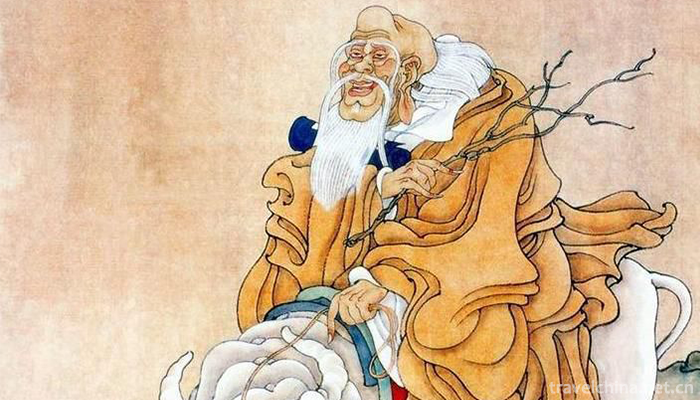
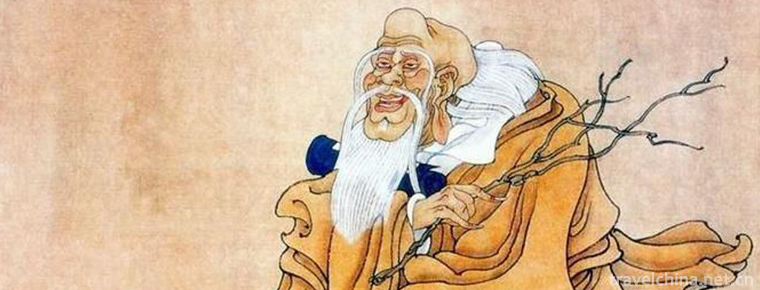
Laozi legend
-
century eggspreserved egg100years egg
Preserved egg, also known as preserved egg, egg, egg, egg, etc
Views: 224 Time 2018-10-12 -
Lanzhou handpulled noodlesLanzhou Beef Noodles
Lanzhou beef noodles, also known as Lanzhou clear soup beef noodles, is one of the "top ten noodles in China", and is a delicious snack in Lanzhou area of Gansu Province
Views: 155 Time 2018-11-02 -
Hometown of Zhu De
Zhude Hometown Scenic Spot: National AAAAA Tourist Scenic Spot, National Key Cultural Relics Protection Units, National Patriotic Education Demonstration Base, National Anti-corruption Education Base,
Views: 306 Time 2018-12-12 -
Buddhist Cultural Tourist Area of Great Buddha and Zen Temple
As the first door to worship Mount Emei, the Buddha Zen Temple is the first stop to pray and worship in Emei, and it is also a must-go place. The Grand Buddha Temple, formerly known as the Grand Buddh
Views: 170 Time 2019-01-06 -
The Forging Skill of Achang Husha Knife
Achang household knife forging technology, Yunnan Dehong Dai Jingpo Autonomous Prefecture Longchuan County household Sa Township traditional handicraft, one of the national intangible cultural heritag
Views: 249 Time 2019-03-28 -
Ghost Millet Guiguzi Legend
Guiguzi Birthplace Site is located in Salt Food Village, Xiangcaiying Township, Linzhang County. It covers an area of 76 Mu and has a construction area of 26 mu.
Views: 189 Time 2019-05-01 -
Legend of Ronke Mountain
The legend of Mount Ronke is a local folklore spread in Quzhou, Zhejiang Province. Weiqi originated in China, and it is said that the root of Weiqi is Mount Ronke.
Views: 163 Time 2019-05-11 -
Wooden drum
During the performance of the wooden drum, one person holds the wooden board in his left hand and the drum in his right hand, beating the wooden board and the book drum in turn in standing rap to matc
Views: 303 Time 2019-06-05 -
Taining Meilin Opera
During the reign of Qianjia in Qing Dynasty, after Hui Diao was introduced into Taining through Zhejiang and Jiangxi, it merged with local dialect, folk song minor and Taoist music to form Taining Mei
Views: 166 Time 2019-06-18 -
Dyeing and Finishing Techniques of Xiangyun Yarn
Xiangyun yarn dyeing and finishing technology, the traditional handicraft of Shunde District, Foshan City, Guangdong Province, is one of the national intangible cultural heritage.
Views: 106 Time 2019-07-03 -
Lingshan Temple
Lingshan temple is located in Mianning County, Liangshan Prefecture, Sichuan Province. It is 8 km away from Mianning County. It is the most famous temple in Liangshan Prefecture. It belongs to Mianning County as well as Xichang Satellite Launch Center.
Views: 186 Time 2020-10-16 -
International cooperation of Chengdu Giant Panda Base
According to the major political and diplomatic needs of the country, under the leadership of the state, provinces and cities, the panda base has successively established a "long-term international cooperative breeding program for giant pandas" with Japan, the United States
Views: 130 Time 2020-12-13
